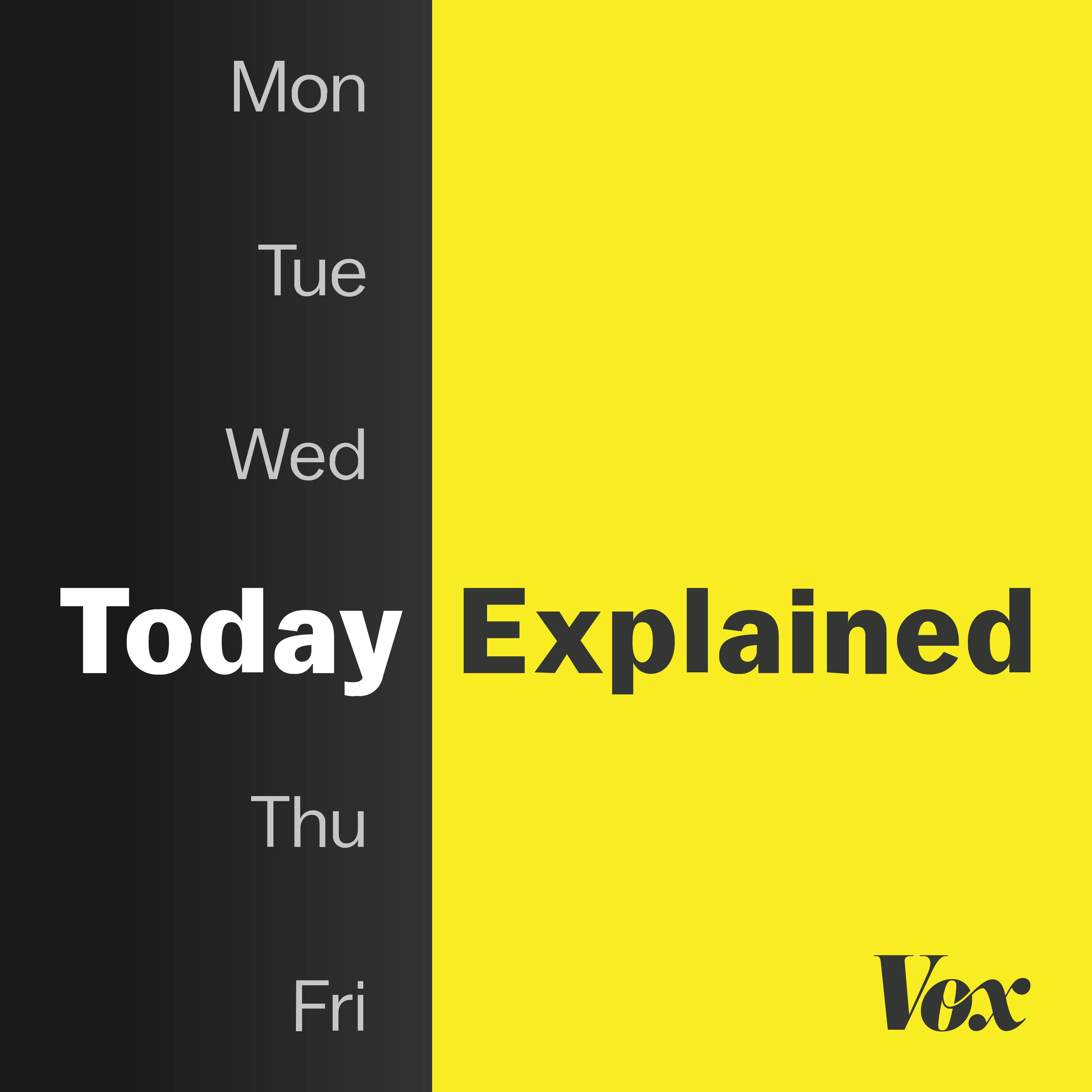
The price of paying college athletes

Today, Explained
Deep Dive
Why are college athletes now getting paid, and where is the money coming from?
College athletes are getting paid due to the advent of Name, Image, and Likeness (NIL) deals. This allows them to profit from their personal brand. The money isn't coming directly from universities, but rather from third-party boosters and collectives, often wealthy alumni, who are affiliated with the universities but not officially employed by them. For example, a reported $10 million deal for Bryce Underwood to commit to Michigan came partly from billionaire Larry Ellison, a Michigan booster.
Why is the NCAA resistant to paying college athletes directly?
The NCAA has long fought against classifying student-athletes as employees, which would require them to be paid directly by the universities. They argue that athletes receive compensation in the form of tuition, room and board, and other educational expenses.
How has NIL changed college sports?
NIL has created both positive and negative changes. It allows smaller schools with strong NIL collectives to retain talented players who might otherwise transfer to wealthier programs. However, it also exacerbates the financial imbalance between large and small schools, as wealthier programs can leverage their extensive alumni networks and resources to attract top talent through lucrative NIL deals.
What is the NCAA's strategy for maintaining control over college sports finances?
The NCAA is seeking an antitrust exemption from Congress. This would allow them to regulate how revenue is shared with athletes and maintain their classification as student-athletes, thereby avoiding employee status and associated worker rights.
What is the difference between NIL and "pay-to-play," and why is the NCAA concerned about the latter?
NIL deals are for marketing a player's image, while "pay-to-play" refers to paying athletes directly for their performance on the field. The NCAA is trying to prevent pay-to-play because it would solidify athletes' status as employees and further erode the traditional amateur model of college sports.
What are the potential downsides of unrestricted free market forces in college sports?
While increased athlete compensation is positive, an entirely free market system could transform college sports into minor leagues for professional sports, diminishing the unique appeal of college athletics rooted in school spirit and community.
What is the likelihood of the NCAA obtaining an antitrust exemption?
The likelihood is low, due to the NCAA's widespread unpopularity and lack of clear bipartisan support in Congress.
How does the revenue sharing model planned for 2025 impact the financial landscape of college sports?
Starting in 2025, colleges will be required to share up to 20% of their revenue with players. This is likely to further benefit larger, wealthier schools that generate more revenue, potentially widening the gap between them and smaller programs.
- Arch Manning's NIL deal: $3.1 million
- Unnamed high school prospect's NIL deal: $8 million
- Cam Ward's NIL deal with Adidas: $2 million
- Bryce Underwood's NIL deal: $10 million (partly from Larry Ellison)
- NIL deals come from boosters, not universities
- NCAA's fight against classifying athletes as employees
Shownotes Transcript
Name and likeness rights are fundamentally changing college sports at a rapid pace. SB Nation’s JP Acosta and sports commentator Pablo Torre explain.
This episode was produced by Hady Mawajdeh, edited by Amina Al-Sadi, fact-checked by Laura Bullard, engineered by Patrick Boyd and Rob Byers, and hosted by Sean Rameswaram.
Transcript at vox.com/today-explained-podcast)
Support Today, Explained by becoming a Vox Member today: http://www.vox.com/members)
The Georgia Bulldogs celebrate their victory in the 2024 SEC Championship game in Atlanta this month. Photo by Steve Limentani/ISI Photos/Getty Images.
Learn more about your ad choices. Visit podcastchoices.com/adchoices)